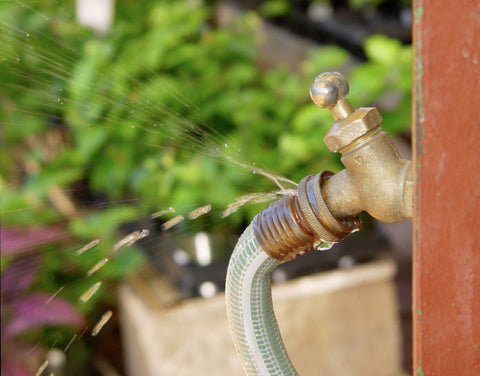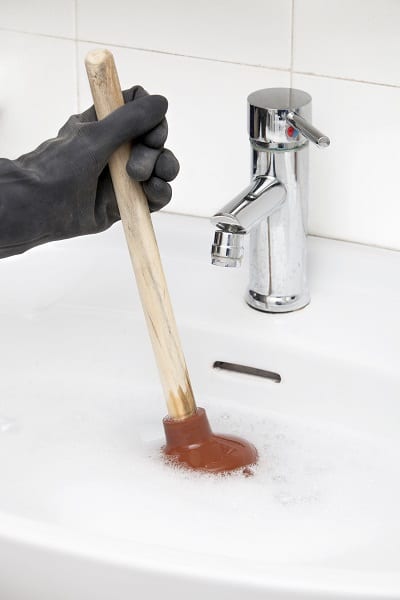What're your ideas on How to stop pipes from freezing during the winter?

All house owners that live in temperate environments have to do their finest to winterize their pipelines. Failure to do so can mean disaster like frozen, fractured, or burst pipes.
Attempt a Hair Dryer or Warm Weapon
When your pipes are virtually freezing, your trusty hair dryer or warmth gun is a godsend. If the warm towels do not help remove any kind of working out ice in your pipelines, bowling hot air straight right into them may assist. Nonetheless, do not make use of other objects that create straight flames like a blow torch. This can result in a bigger catastrophe that you can not manage. You might wind up damaging your pipes while trying to melt the ice. As well as in the future, you may even end up melting your house. Be careful!
Open Closet Doors Hiding Plumbing
It would certainly be helpful to open cupboard doors that are masking your pipelines when it's cool outside. For example, they could be someplace in your kitchen area or shower room. This will allow the warm air from your heater to flow there. Therefore, you protect against these revealed pipelines from freezing. Doing this tiny technique can keep your pipes cozy and also limit the potentially hazardous results of freezing temperatures.
Require Time to Cover Exposed Piping
One very easy as well as nifty hack to heat up freezing pipelines is to wrap them with warm towels. You can also use pre-soaked towels in warm water, just do not forget to use protective handwear covers to secure your hands from the warm.
Switch on the Faucets
When the temperature level decreases as well as it appears as if the frigid temperature will last, it will certainly aid to switch on your water both inside your home as well as outdoors. This will maintain the water streaming via your plumbing systems. Additionally, the motion will decrease the freezing procedure. Especially, there's no requirement to transform it on full blast. You'll wind up losing gallons of water this way. Instead, aim for regarding 5 drops per min.
Shut Off Water When Pipelines are Frozen
Shut off the major water shutoff quickly if you see that your pipes are completely icy or nearly nearing that phase. You will normally discover this in your cellar or utility room near the heating unit or the front wall closest to the street. Transform it off right away to avoid further damage.
With even more water, more ice will certainly stack up, which will ultimately lead to rupture pipes. If you are not sure concerning the state of your pipelines this winter, it is best to call a professional plumber for an inspection.
All property owners that live in pleasant climates must do their best to winterize their pipelines. Failing to do so can spell calamity like icy, broken, or ruptured pipelines. If the hot towels do not help remove any settling ice in your pipes, bowling warm air directly right into them might help. Transform off the primary water shutoff right away if you discover that your pipes are totally icy or almost nearing that stage. With more water, more ice will stack up, which will at some point lead to break pipes.
PREVENT YOUR PIPES FROM FREEZING THIS WINTER
A Leading Cause of Property Damage
When the weather is taking a deep nose dive into the cold dreary days, the risk of your pipes freezing and potentially bursting skyrockets. Unfortunately, during these cold dreary months, burst pipes are the most common denominator for property damage. The pipes that are most at the risk are those that are in areas where it is most cold in your home. For instance, pipes located in interior places such as basements, attics, and your garage. Unfortunately, that doesn’t mean that the pipes running through your cabinets or exterior walls can’t freeze. Good news, however, is that you can do things to help prevent pipes from freezing.
How to Prevent Pipes From Freezing
Once the temperature starts to drop during the winter, you should be taking the proper measures needed to ensure that your pipes stay warm and that there is circulation of water through them. Some steps that experts may recommend could go against your better judgement when it comes to saving water and heat. However, it would go without saying that when expenses are compared, damaged pipes could put a bigger dent in your wallet than a water bill.
What Can I Do?
Keep your garage door closed. This is very important, especially if you have water supply lines running through your garage. Open your kitchen and bathroom cabinets to allow warm air to circulate through them. Allow air circulation throughout your home. Keeping the interior doors open will once again allow the warm air to circulate inside your home. Ensure your thermostat is running the same temperature throughout the night and day. If you plan to be away from home during the cold months, set your temperature no lower than 55° F. This should provide enough heat to keep the pipes warm and prevent any remaining water inside the pipes from freezing. For more of a long-term solution, add insulation to attics, basement, and other crawl spaces around your home. By allowing your faucet to drip, it will alleviate pressure in the system. This is important because the pressure that is created between the blockage and the faucet can potentially cause the pipes to burst. Allowing the faucet to drip will prevent the pressure from building up, therefore keeping the pipes from bursting. Seal any cracks, openings, and crawl spaces around your home to prevent cold air from coming inside. This keeps your pipes-not to mention your home-warmer and less susceptible to issues caused by freezing temperatures. For the pipes in your home that are easily accessible, applying electrical tape to them might prevent them from freezing over. This is a quick fix, as you can apply the tape directly to the pipe. There are two options for heating tapes. One turns on and off by itself when it senses heat is needed. The other type of heating tape needs to be applied when heat is needed and removed when not necessary. If you have exposed pipes in your home, you can check this website to take a look at a few options that would be available at a shop near you.

Do you appreciate more info about How to Prevent Frozen Pipes? Try leaving feedback below. We'd be glad to listen to your opinion about this blog entry. Hoping that you visit us again before long. Are you aware of anybody else who is interested in How to Prevent Frozen Pipes? Do not hesitate to promote it. Many thanks for going through it.
Book Your Service